According to the Department for Business, Energy and Industrial Strategy’s (BEIS) latest energy trends data, renewables’ share of electricity generation within the UK was 47% during the first quarter of 2020, 30% of which was powered by wind.
As the industry continues its journey towards net-zero, there is no doubt that the level of renewable energy will continue to increase.
In our latest blog post, our product development manager Dr Callum Scullion, discusses some of the challenges that the renewables industry faces, and how to overcome them.
1. Ingress of water at monopiles
“One of the biggest challenges faced within the industry is the corrosion of monopiles. Most recently one of our customers, a leading offshore renewables developer, reported that they have experienced an almost universal failure in preventing water ingress when using cement-based grouts within monopile-transition piece connections.
“Corrosion of monopiles not only causes a significant cost to the business but also reduces the lifetime and reliability of the foundation structures. Although it is possible to design high-strength grout to reduce cracking, the development of microannuli and gaps from the likes of shear keys around the cement, can lead to channels for water ingress and capillary action for oxygenated and corrosive seawater contacting the bolted connection.
“A solution to this is AXI-Gard, a plant-based material that is both buoyant in water and water-repellent/non-conductive, which means that even if water does ingress into the connection past grout seals, the solution acts as a protective and preventive medium for saltwater corrosion. As a gel, it flexes with any steel expansion, which prevents channels forming around the material.”
2. Safely moving equipment
“Another challenge faced by the industry is the ability to safely move objects. Traditionally, items such as dynamic cables would be moved using heavy lifting vessels which can be time consuming, have limited control and end up being quite costly for companies.
“Aubin has developed a range of technologies, Deepbuoy, Liquibuoy and Liquidense, that focus on modifying the buoyancy and ballast of objects underwater.
“Deepbuoy and Liquibuoy are both low density, non-compressible, pumpable liquids used for providing buoyancy and lift to objects underwater. This approach allows for precise control of objects in the water column, without the requirement of a crane vessel. Although this solution has traditionally been used on oil and gas applications, our team has adapted the technology to allow it to be used at lower densities and in lower depths, which is more suited to the renewables industry.
“Liquidense is a pumpable ballast solution that can be used to lower and stabilise structures and vessels in the sea. The solution can be used for anchors, moorings and substructures of floating systems, as it provides the potential for faster and controllable distribution of weight using simple tanks, pumps and hoses from low-cost conventional vessels.
“By using pumpable buoyancy solutions, our customers are able to reduce an object’s mass in water, making it easier for cranes, divers and ROVs to lift, and remove the need for heavy lifting vessels, saving time and money. Additionally, there is the potential to increase weather windows for certain operations due to the load bearing object being in the water column, rather than on the surface of the water.”
3. Inconsistency of grouting
“Grout is an essential component to the structural integrity of most offshore wind foundation structures. As well as securing the foundation to the seabed, it can be used to secure and seal connections between different parts of the foundation structure, e.g. jackets to piles or transition pieces to monopiles.
“Although it is the most common solution used within the renewables industry, it can often be inconsistent. Sometimes the grout can take too long to set or set too quickly, and there are often issues with consistency in thickness, from being too thin, or more often being too thick due to the solution being mixed in large batches.
“With over thirty years’ offshore experience and the ability to test and mix solutions in-house, the team at Aubin are often approached by customers looking for grouting additives to help minimise inconsistencies. Our grouting additives are often used to get the correct workability and strength for a project, along with optimising water and cement ratios.
“Although these are the most common challenges faced, the processes and technology used within the renewable industry are ever-evolving. We are regularly approached by customers who are facing a new problem, and we work together to create innovative solutions, adapting our tried and tested technologies in new and novel ways.”


